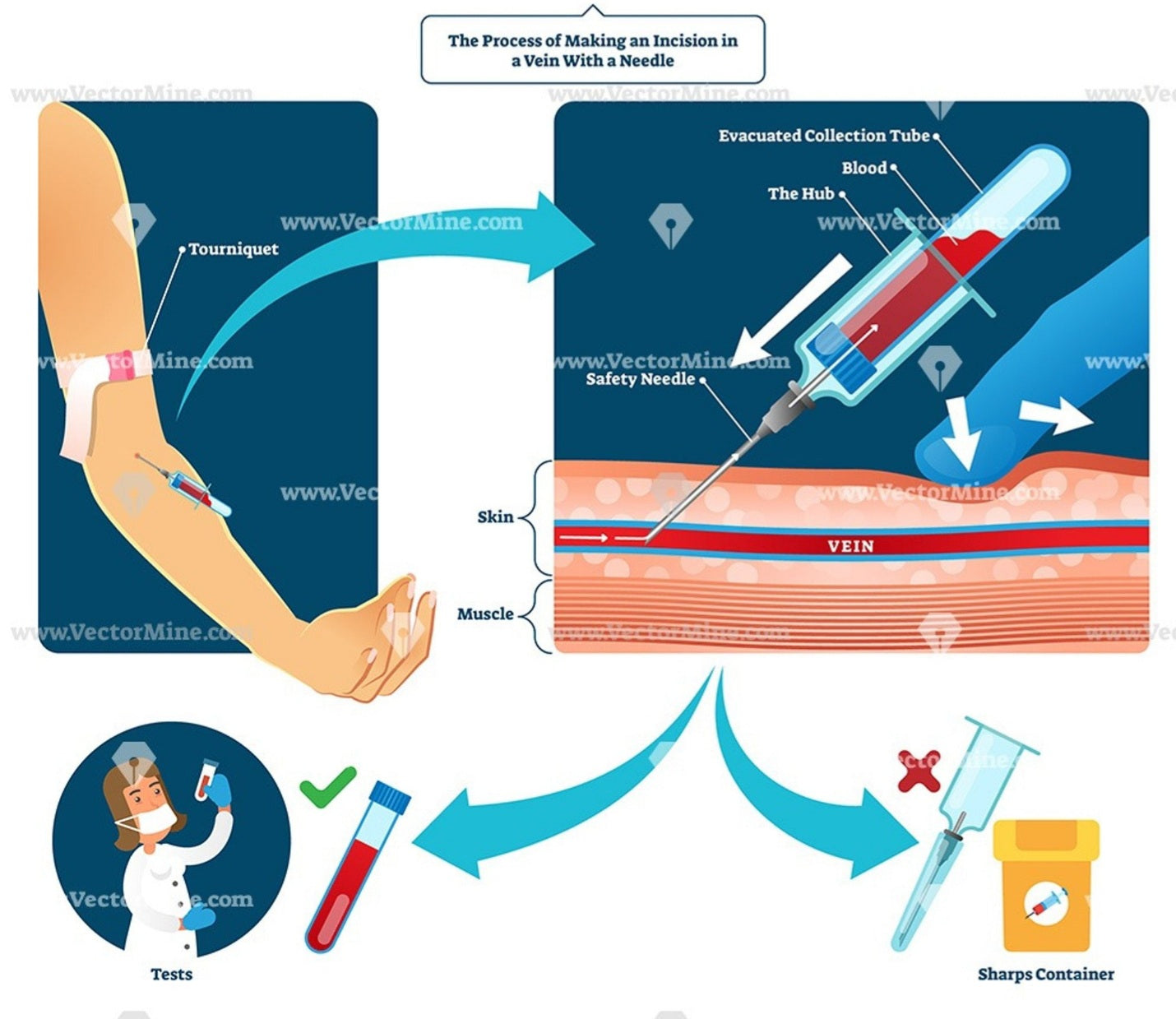Northeast Medical Institute - New Haven Campus Phlebotomy Course & Cna Class Can Be Fun For Everyone
Northeast Medical Institute - New Haven Campus Phlebotomy Course & Cna Class Can Be Fun For Everyone
Blog Article
The Best Strategy To Use For Northeast Medical Institute - New Haven Campus Phlebotomy Course & Cna Class
Table of Contents6 Simple Techniques For Northeast Medical Institute - New Haven Campus Phlebotomy Course & Cna ClassNot known Facts About Northeast Medical Institute - New Haven Campus Phlebotomy Course & Cna ClassNortheast Medical Institute - New Haven Campus Phlebotomy Course & Cna Class Can Be Fun For AnyoneNortheast Medical Institute - New Haven Campus Phlebotomy Course & Cna Class - An OverviewIndicators on Northeast Medical Institute - New Haven Campus Phlebotomy Course & Cna Class You Should KnowSee This Report about Northeast Medical Institute - New Haven Campus Phlebotomy Course & Cna Class
The usage of such devices should be gone along with by various other infection avoidance and control practices, and training in their use. Not all safety and security tools are appropriate to phlebotomy. Before choosing a safety-engineered device, users need to extensively investigate offered gadgets to determine their suitable usage, compatibility with existing phlebotomy practices, and effectiveness in securing personnel and clients (12, 33).For setups with reduced resources, cost is a motoring factor in purchase of safety-engineered gadgets - CNA Classes. Where safety-engineered devices are not readily available, skilled use a needle and syringe serves. Accidental exposure and specific details regarding an event should be recorded in a register. Assistance services need to be advertised for those that undergo unintended exposure.
In the blood-sampling area for an outpatient division or center, give a comfy reclining sofa with an arm rest.
The Basic Principles Of Northeast Medical Institute - New Haven Campus Phlebotomy Course & Cna Class
Make sure that the indicators for blood tasting are clearly defined, either in a created procedure or in recorded directions (e.g. in a laboratory form). In any way times, comply with the techniques for infection prevention and control provided in Table 2.2. Infection prevention and control techniques. Gather all the equipment required for the procedure and area it within risk-free and very easy reach on a tray or trolley, guaranteeing that all the things are clearly visible.
Where the patient is adult and mindful, follow the steps laid out below. Present on your own to the individual, and ask the person to state their complete name. Check that the lab kind matches the client's identification (i.e. match the person's details with the lab kind, to guarantee exact identification). Ask whether the license has allergic reactions, fears or has ever passed out throughout previous shots or blood attracts.
Make the client comfortable in a supine setting (if possible). Location a clean paper or towel under the client's arm. Talk about the test to be carried out (see Annex F) and acquire verbal permission. The individual has a right to decline a test at any moment before the blood sampling, so it is necessary to guarantee that the client has actually understood the procedure.
Top Guidelines Of Northeast Medical Institute - New Haven Campus Phlebotomy Course & Cna Class
Expand the individual's arm and inspect the antecubital fossa or forearm. Situate a vein of an excellent size that is visible, straight and clear. The layout in Section 2.3, reveals common settings of the vessels, yet lots of variants are feasible. The average cubital capillary exists between muscle mass and is usually the most easy to penetrate.
DO NOT put the needle where capillaries are drawing away, due to the fact that this boosts the opportunity of a haematoma. Situating the blood vessel will certainly assist in determining the proper dimension of needle.
Haemolysis, contamination and existence of intravenous liquid and medicine can all change the outcomes (39. Nursing personnel and physicians may access central venous lines for specimens complying with procedures. Nevertheless, samplings from main lines carry a danger of contamination or incorrect lab examination outcomes (https://fliphtml5.com/homepage/fgjfk/gordonmarvin28/). It serves, yet not ideal, visit their website to injure samplings when very first presenting an in-dwelling venous gadget, before attaching the cannula to the intravenous liquids.
See This Report about Northeast Medical Institute - New Haven Campus Phlebotomy Course & Cna Class
Permit the location to completely dry. Failing to permit enough call time enhances the threat of contamination. DO NOT touch the cleaned website; specifically, DO NOT place a finger over the blood vessel to assist the shaft of the exposed needle. It the site is touched, repeat the sanitation. Perform venepuncture as adheres to.
Ask the person to develop a clenched fist so the blood vessels are a lot more prominent. Get in the capillary promptly at a 30 level angle or less, and continue to present the needle along the vein at the simplest angle of entrance - PCT Training. Once sufficient blood has actually been collected, release the tourniquet BEFORE withdrawing the needle
Excitement About Northeast Medical Institute - New Haven Campus Phlebotomy Course & Cna Class
Withdraw the needle delicately and apply mild stress to the site with a tidy gauze or dry cotton-wool round. Ask the individual to hold the gauze or cotton wool in place, with the arm expanded and increased. Ask the client NOT to flex the arm, due to the fact that doing so causes a haematoma.

The Single Strategy To Use For Northeast Medical Institute - New Haven Campus Phlebotomy Course & Cna Class
Where possible, keep the tubes in a rack and relocate the shelf in the direction of you - https://www.quora.com/profile/Marvin-Gordon-52. If the sample tube does not have a rubber stopper, infuse extremely slowly right into the tube as minimizing the pressure and velocity utilized to transfer the specimen reduces the threat of haemolysis.

Report this page